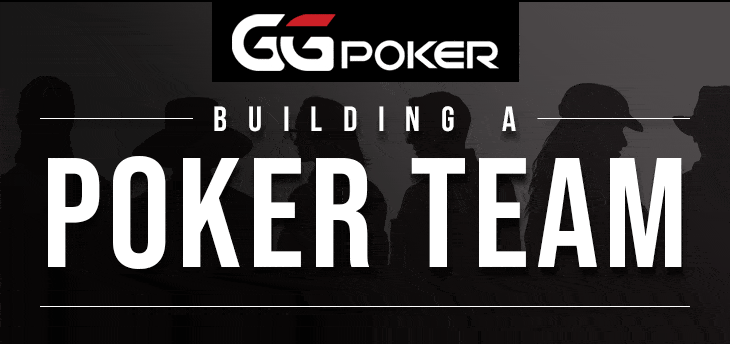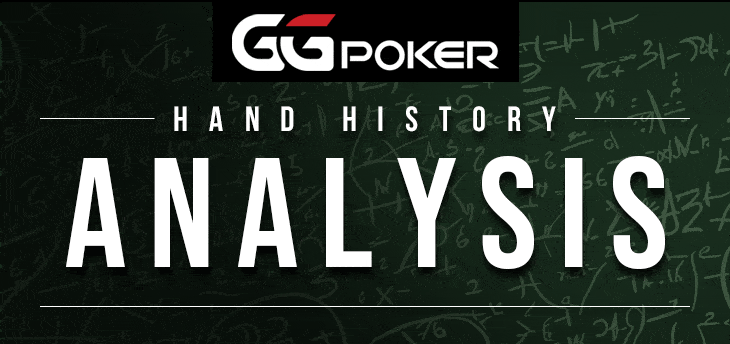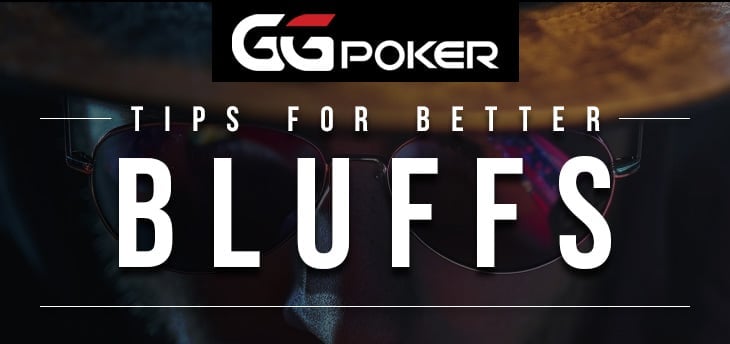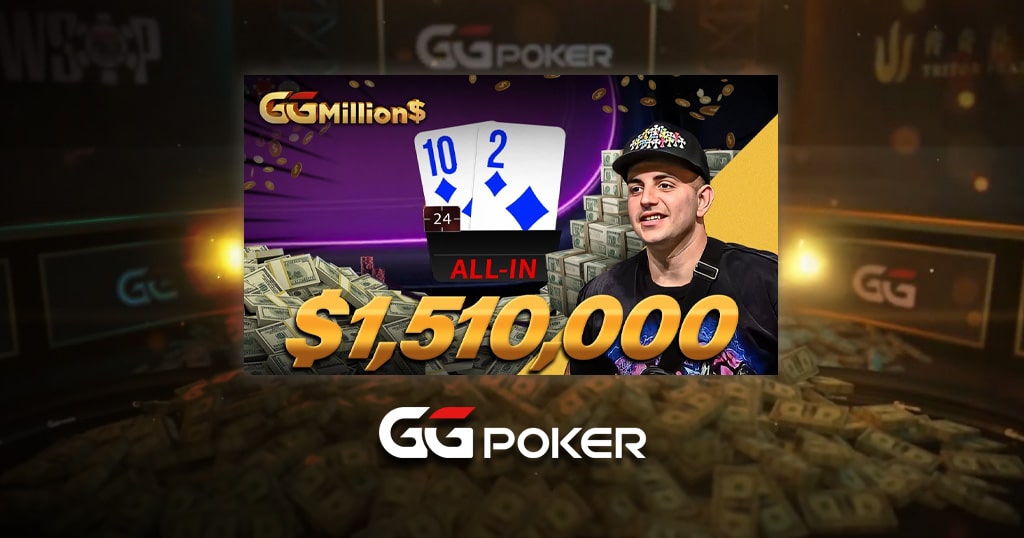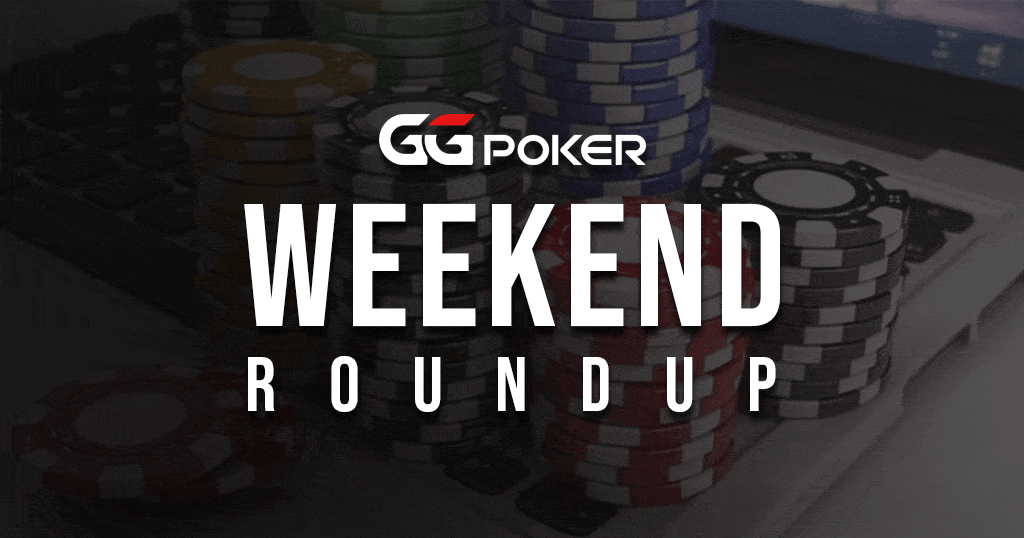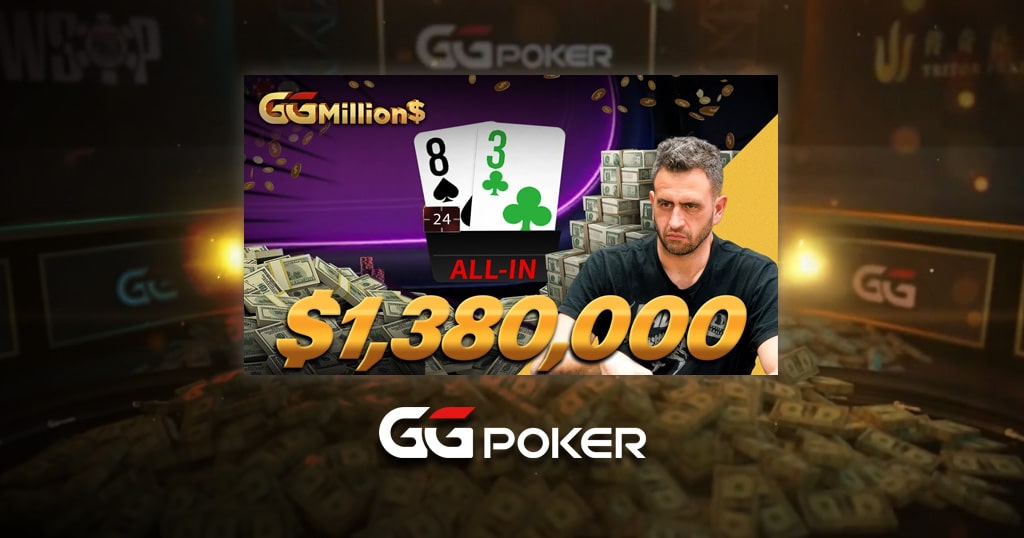The Gap Concept

If you’ve spent any amount of time navigating the competitive waters of poker, you’ve likely heard of the “Gap Concept.” But what exactly does this term mean, and why is it crucial for both novice and veteran players? Let’s dive in and explore this strategic gem that could significantly influence your gameplay, especially in online poker settings.
Understanding the Gap Concept
Introduced by David Sklansky, the Gap Concept is a cornerstone of modern poker strategy, emphasizing that the requirements for continuing with a hand are significantly higher if you must act first or if someone has already opened the betting. This principle teaches that a stronger hand is needed to call a bet than to make one yourself, guiding players in their decision-making process across both cash games and tournaments.
David Sklansky’s Influence on Poker Strategy
David Sklansky, a celebrated figure in poker, is recognized not only for his prowess as a professional player but also as a leading authority on poker strategy. His seminal works, such as “The Theory of Poker” and “Hold’em Poker for Advanced Players,” delve into the mathematical and psychological complexities of poker, offering a robust framework for players aiming to enhance their understanding of the game. Through the Gap Concept and other strategic insights, Sklansky has profoundly shaped how poker is played and understood, encouraging a more analytical approach to the game that involves considering the strength of one’s hand in relation to the actions of opponents and leveraging principles of probability, game theory, and opponent modeling.

Why Does This Concept Matter?
At its core, poker is a game of incomplete information. The gap concept leverages this fundamental aspect by encouraging players to consider not only the strength of their own hand but also the implied strength suggested by their opponents’ actions. For instance, when someone raises ahead of you, their action implies a strong hand, suggesting that you need an even stronger hand to call or re-raise comfortably.
How Does the Gap Concept Apply to Online Poker?
In the fast-paced environment of online poker, the gap concept becomes even more pertinent. Online players often adopt an aggressive play style, and understanding when to tighten or loosen your calling standards can be the difference between a quick fold and a substantial win. Here are some specific applications:
- Pre-Flop Play: If you’re sitting in late position and it folds around to you, you might open with a wider range of hands. Conversely, if someone in early position has raised, tightening up your calling range is advisable unless you have a hand strong enough to challenge their implied strength.
- Post-Flop Strategy: After the flop, the gap concept still holds value. If an opponent bets into you, consider if your hand is strong enough to proceed. This decision-making process requires assessing not just the strength of your hand but also the potential range of your opponent based on their betting pattern.
Examples
Let’s consider a couple of scenarios to see the gap concept in action:
- Scenario 1: You’re in an online no-limit hold’em tournament. You have a decent hand with J-T suited and are seated in middle position. It folds to you. Here, initiating a bet might be a good option; however, if a strong player in early position had already put in a raise, your suited J-T suddenly loses its appeal for a call.
- Scenario 2: You’re in the big blind with A-8 offsuit. A player from the middle position raises, and it folds to you. Here, the gap concept advises caution. A-8 isn’t robust enough to go head-to-head against the range that the middle position player is representing with their raise.
Adjusting to the Game Flow
Understanding the gap concept can also help you make adjustments based on the game’s flow. In tighter games, where players are less likely to bluff and play fewer hands, the strength required to call a raise should be even higher. Conversely, in looser, more aggressive games, you might adjust your approach slightly because the likelihood of opponents bluffing increases.

Engaging in Self-Reflection
Have you ever found yourself calling with a marginal hand just because you felt compelled to play? Or folded a hand that could have been a profitable opener. Reflecting on these decisions while considering the gap concept can lead to more disciplined and thoughtful gameplay.
Conclusion
The gap concept isn’t just another poker strategy; it’s a crucial framework that guides decision-making processes at the table. By applying this concept, players can better navigate the complexities of betting and hand selection, leading to a more controlled and profitable poker experience. Remember, every chip saved by folding when appropriate is just as valuable as those won by betting aggressively. Understanding and then mastering the gap concept is one of the next big steps in becoming a formidable opponent at the poker table, whether online or in person.
In the dynamic landscape of poker, strategies like the gap concept are what separate the amateurs from the seasoned professionals. By continuously learning and adapting, you ensure that your game remains sharp and your decisions, are precise. So, next time you sit down at a poker table, online or offline, keep the gap concept in mind—it might just be the ace up your sleeve.

